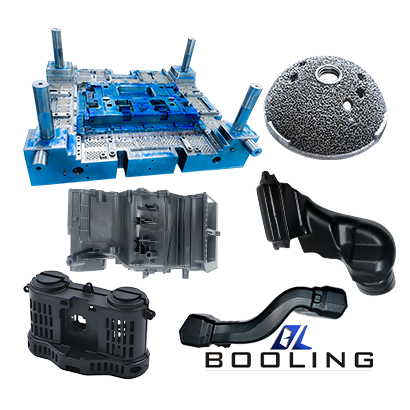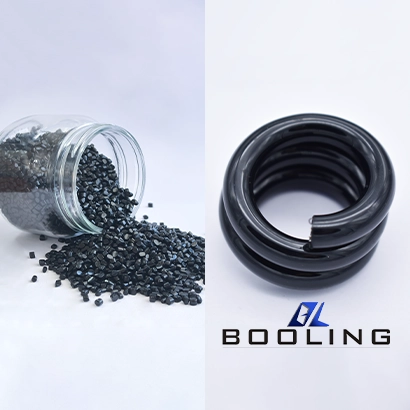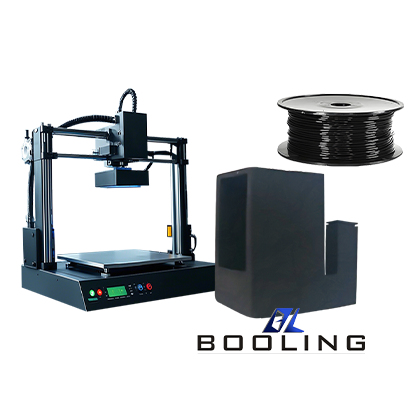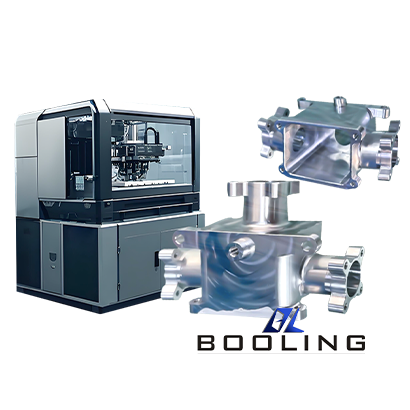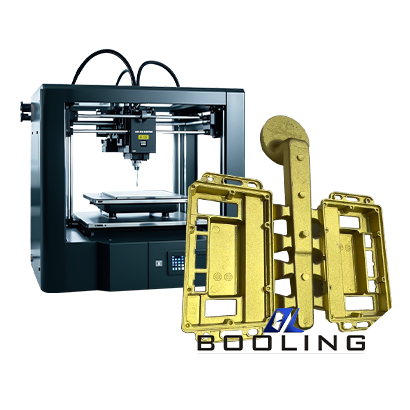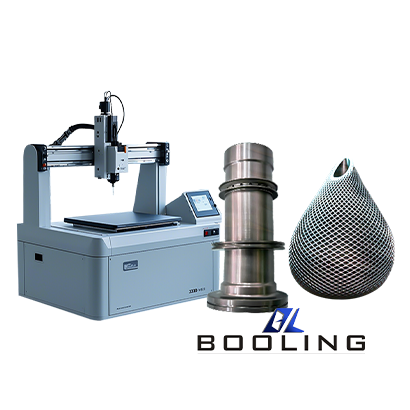Home > Aluminum 3D Printing Process
Aluminum is the best material in metal 3D printing technology, which can achieve lightweight and high-strength production. It has significantly reduced manufacturing weight and played a key role in fields such as automotive, aerospace, and shipbuilding.
Advantages of Aluminum 3D Printing:
- High precision
- Weight Reduction
- Complex shaped products
- Material Efficiency
Aluminum 3D printing technology can achieve the design of complex shapes, greatly improving the degree of design freedom, and is the most common metal 3D printing process. The principles of aluminum 3D printing services include adhesive spraying, laser/electron beam energy deposition, arc additive manufacturing, etc.
Aluminum 3D printing technology has a wide range of applications in the aerospace and automotive manufacturing fields. For example, in the aerospace field, aluminum alloys can be used for the manufacturing of aircraft engines and fuselage components. In the automotive industry, aluminum alloys can provide a 3D printing service for the manufacturing of automotive bodies, interiors, engines, and other components.
The Advantages of Aluminum 3D Printing
The advantages of aluminum 3D printing technology are very prominent. Compared with traditional manufacturing methods, this technology does not waste materials, has a very high utilization rate, and can well meet production needs. AL 3D printing technology in rapid prototyping are very prominent, which can help manufacturers shorten the product development cycle and delivery time.
Using 3D printing technology to manufacture aluminum products can improve resource utilization and significantly reduce material waste. Due to the lower mass of aluminum alloy 3D printing in metal printing, it can achieve lightweight production, and manufacture complex internal structures and hollow components, greatly improving product performance and manufacturing efficiency.
Aluminum 3D printing technology has high customizability and flexibility. Manufacturers can customize products of different shapes and sizes according to different customer needs, and it is also relatively easy to change design requirements.
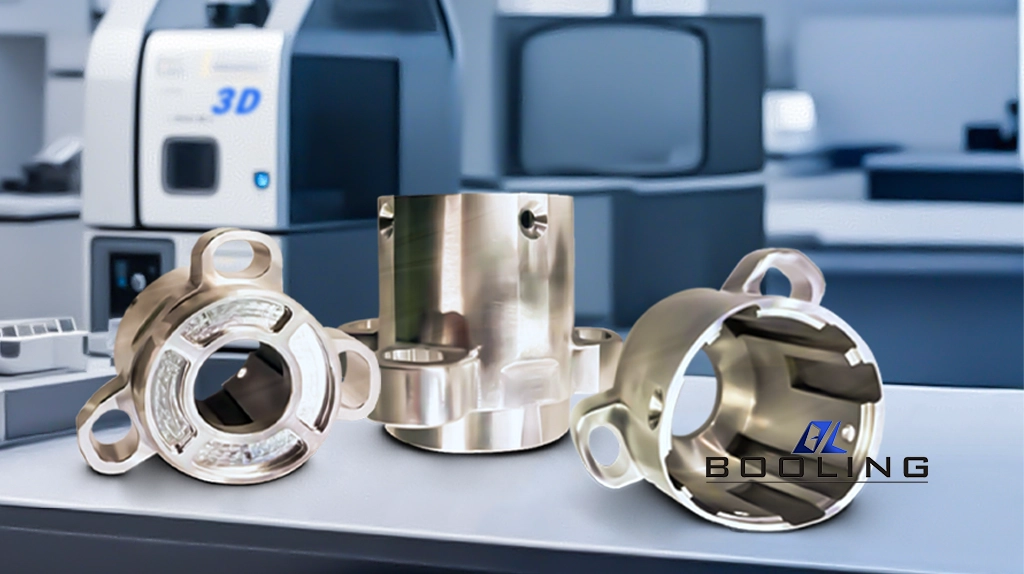
Application of Aluminum 3D Printing
Aluminum 3D printing technology has demonstrated strong competitive advantages in the manufacturing industry and is widely used in various industries, such as:
1.In the field of automobile manufacturing
For some car manufacturers, reducing the overall weight of the car and improving safety and comfort performance is of utmost importance, and using aluminum materials for 3D printing has become their ideal process method. The combination of lightweight aluminum materials and the efficiency of 3D printing technology has played an important role in the manufacturing of automotive engines and body structures.
2.Aerospace
Aluminum 3D printing technology can manufacture lighter aircraft structures and components, improve aircraft performance, and enhance fuel efficiency.
3.Other fields
Aluminum 3D printing technology also provides many solutions in the manufacturing of electronic devices, industrial equipment, and medical devices, becoming an ideal choice for various businesses.
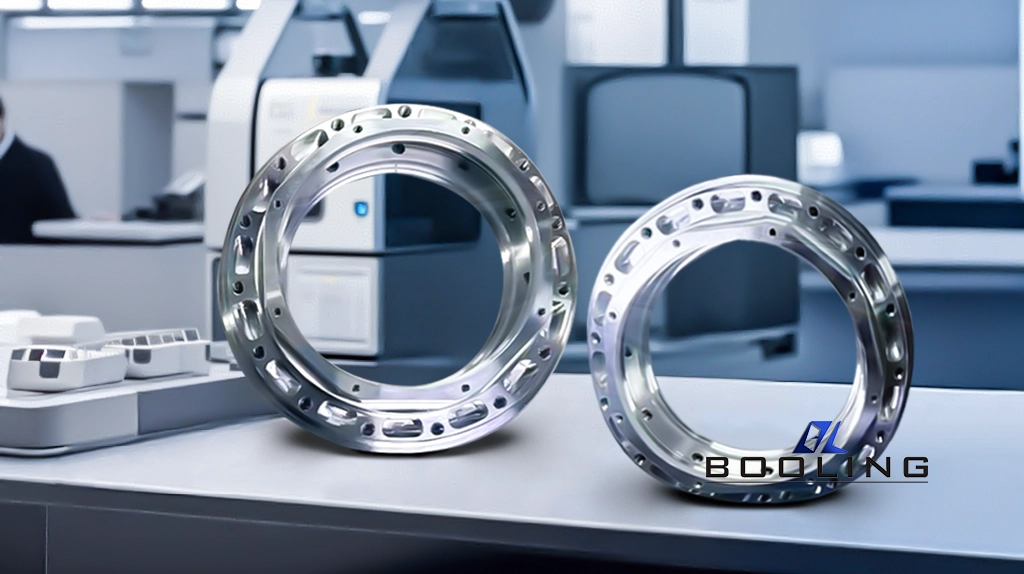
Aluminum 3D Printing Post-Processing
The post-processing program of aluminum 3D printing technology mainly includes: wire cutting – heat treatment – support removal – polishing – and sandblasting, specifically including:
1.Main post-processing program
Manufacturers need to cut the printed aluminum parts from the platform using wire cutting and perform heat treatment. To eliminate residual stress after the completion of the parts, heat treatment of the parts is a crucial step for manufacturers, which can effectively prevent deformation defects in the parts. The main function and purpose of heat treatment is to improve the stability, dimensional accuracy, and overall quality of the workpiece. Then, the supporting structure is removed from the physical structure, polished, and polished to remove burrs. Some parts also require surface sandblasting to improve the overall quality of the surface.
2. CNC machining of aluminum 3D-printed parts
For some parts with high precision requirements or assembly position requirements, manufacturers need to perform CNC machining, especially for the installation of hole positions (threaded holes or positioning holes). The accuracy of 3D printing cannot meet the machining requirements of threaded holes or positioning holes, and it is necessary to leave machining allowance before printing.
3.Aluminum 3D printing surface treatment
In general, the surface of aluminum products is prone to oxidation and fading. So all aluminum 3D printed products require surface treatment. Specific surface treatment methods can be selected, such as electroplating, spraying, anodizing, electrophoresis, etc., to form a protective layer and slow down the oxidation process.
Heat Treatment of Aluminum 3D Printing
To eliminate residual stress within aluminum 3D printed parts and enhance their quality and stability, manufacturers typically perform heat treatment on the parts.
The main purpose of heat treatment for aluminum 3D printed parts by manufacturers is to enhance the quality and toughness of the parts, mainly including eliminating internal stress of the parts, regulating the solid solution degree of alloy elements, and stabilizing and homogenizing the microstructure.
For AL alloys, the main function of heat treatment is to eliminate internal stress and stabilize and homogenize the microstructure. For this special material, after heat treatment, the plasticity will be significantly improved, while the strength will decrease.
Manufacturers need to consider the characteristics of aluminum materials when conducting aluminum 3D printing processing. Its lightweight production can enable a wide range of applications to achieve sustainable development, especially in high-quality fields such as automobiles, aerospace, and ships. 3D printing technology can not only produce metal materials but also expand its applications to paper, ceramics, plastics, etc., with strong flexibility.
3D Printing related content
Applied’s expertise in modifying materials at atomic levels and on an ihdustrial scaleenables our customers to transform possibilities into reality.

